Estimated reading time: 9 minutes
Stopping your dog from opening doors is a blend of training, dog-proofing, and keeping them engaged. From using door knob covers and lever protectors to regular playtime and daily walks, ensure a safe environment for your pet. If your dog is curious about doors, consider redirecting their energy to toys or training sessions. Consistency is key, and celebrating small victories can reinforce positive behavior.
Introduction: Why Does My Dog Keep Opening Doors?
You know you closed the door, but now it’s open; you suddenly realize that your dog can open doors. Maybe you even caught him in the act!
As dog owners, we’ve all witnessed this behavior, especially when our furry friends try to open doors. Whether it’s the lure of what’s on the other side of the door or just the thrill of the challenge, dogs can become quite skilled at this task.
If your dog has learned to open doors, you might find them using their paw on a door handle or nudging a doorknob with their nose. This behavior can be concerning, especially if your dog is opening doors to places they shouldn’t be or if they’re trying to escape outside.
As a pet parent, you don’t want your dog to have free reign to open doors all the time. It’s essential to teach your dog boundaries and ensure they behave the way you want.
The Curiosity Behind “Dog Opening Doors” Behavior
It’s not just humans that experience the urge to explore; many dogs do too. Imagine being at home and hearing a latch click, only to see your dog pushing a door open with their nose or paw.
While larger dogs might use their weight and size to open a door, smaller dogs can be quite clever, finding ways to jump up and use a door handle. Some dogs are even able to open lever handles, one of the many types of handles available on the market.
But why does your dog want to open the door every time? There are a few reasons.
First, if a dog is bored, opening doors becomes an entertaining activity. They might be seeking a new adventure, chasing a scent, or just looking for a change of scenery.
Additionally, if a new dog enters the home or if there are enticing sounds or smells on the other side, the dog may feel compelled to investigate. The bottom line is, if your dog has learned to open doors, it’s a mix of curiosity, instinct, and often boredom.
Risks When Your Dog Opens Sliding Door and Other Types
Dogs are quite remarkable in their ability to learn and adapt. When your dog has learned to open sliding doors, regular doors, or even cabinet and refrigerator doors, they unlock a world of potential risks. Here’s what you need to consider:
Outside Dangers
A dog opening an exterior door can expose them to multiple hazards. They could dash into the road, encounter aggressive animals, or simply get lost. Keeping the door closed becomes a matter of dog safety.
Unwanted Guests
With an open door, unwanted animals like raccoons or squirrels might see an invitation to enter your home, bringing potential threats or diseases.
Access to Forbidden Zones
Cabinet and refrigerator doors are often homes to items that can harm your dog. From cleaning products to certain foods like chocolate, your dog doesn’t always know what’s dangerous.
Accidents and Injuries
If your dog pushes a door too hard or if a door slams shut on them, it can lead to injury. This is especially true for sliding doors where a determined dog might get their tail or paw trapped.
Security Risks
An open door is a security risk. Not only could your belongings be at risk, but an open door also signifies to others that no one is home, which could invite trouble.
Increased Energy Bills
While it might seem minor, if your dog opens an exterior door and doesn’t close it, you could be letting out heat or air conditioning, leading to higher energy bills.
As much as we want our dogs to have freedom, we also want to keep the dog and our homes safe. Recognizing these risks is the first step to keeping your dog from opening doors.
Train Your Dog: Tips on How to Stop Dog from Opening Doors
Training is key to helping prevent your dog from opening doors. If you see your dog trying to open a door or if they’ve already mastered the art, it’s time to step in. Here are some practical tips to train your dog:
Positive Reinforcement
Every time your dog approaches a door and doesn’t try to open it, reward them. This could be with a treat, praise, or a favorite toy. This teaches them that not opening the door has its benefits.
Teach Commands
Using commands like “Stay”, “Sit”, or “No” can be very effective. When you see your dog approaching the door, tell your dog to sit. With consistency, they’ll associate the command with stopping their behavior.
Redirect Their Attention
If your dog is near the door and looks like they want to open it, distract them. This can be with a toy, a different command, or simply calling them to you.
Practice Door Scenarios
Set up scenarios where you tempt your dog to open the door, but when they approach, use the techniques above to teach them not to. Over time, this repeated training will solidify the behavior you want.
Seek Professional Help
If you’re struggling to train your dog to stop opening doors, consider seeking the help of a professional dog trainer. They can provide techniques tailored to your dog’s personality and needs.
Remember, patience is key. Every dog is unique, so it might take time for your dog to learn. But with persistence, you can teach your dog to behave the way you want when they’re near a door.
Dog-Proof Your Home: Door Handles, Lever Covers, Cabinet Locks and More
Even with the best training, some dogs are persistent. They’ll keep trying to open doors, driven by curiosity or sheer determination. To keep your home safe and your dog out of places they shouldn’t be, consider these dog-proofing measures:
Door Knob Covers
Just like childproof solutions, door knob covers can be placed over standard door knobs. This way, even if your dog jumps up to try using the knob, they won’t be able to turn it.
Lever Protectors
If your home uses lever-type handles, there are lever protectors available. These make it harder for a dog to push down the lever and open the door.
Door Stoppers
A simple yet effective solution. Placing a door stopper on the side of the door can prevent it from being pushed open easily.
Pet Gates
If you don’t want your dog accessing certain rooms, install a dog gate. It’s a visual barrier that also serves as a physical one, especially useful for larger dogs.
Upgrade Latches
Some doors have weak latches. Upgrading to a stronger locking mechanism can ensure that even if a dog pushes against a door, it stays shut.
Sliding Door Security Bars
If you have a sliding door, using a security bar ensures that the door stays in place even if a dog tries to open it.
Cabinet and Refrigerator Locks
For dogs that have learned to open cabinet doors or the refrigerator, installing locks can prevent them from accessing food or dangerous items.
Change Handle Type
Sometimes, the best way to stop a dog from being able to open doors is to use a different type of handle. For instance, if you have lever handles that your dog can push down, consider changing to round door knobs.
Remember, the goal isn’t to restrict your dog completely but to ensure safety. By using these dog-proofing measures, you can give yourself peace of mind, knowing your home is secure and your dog is safe.
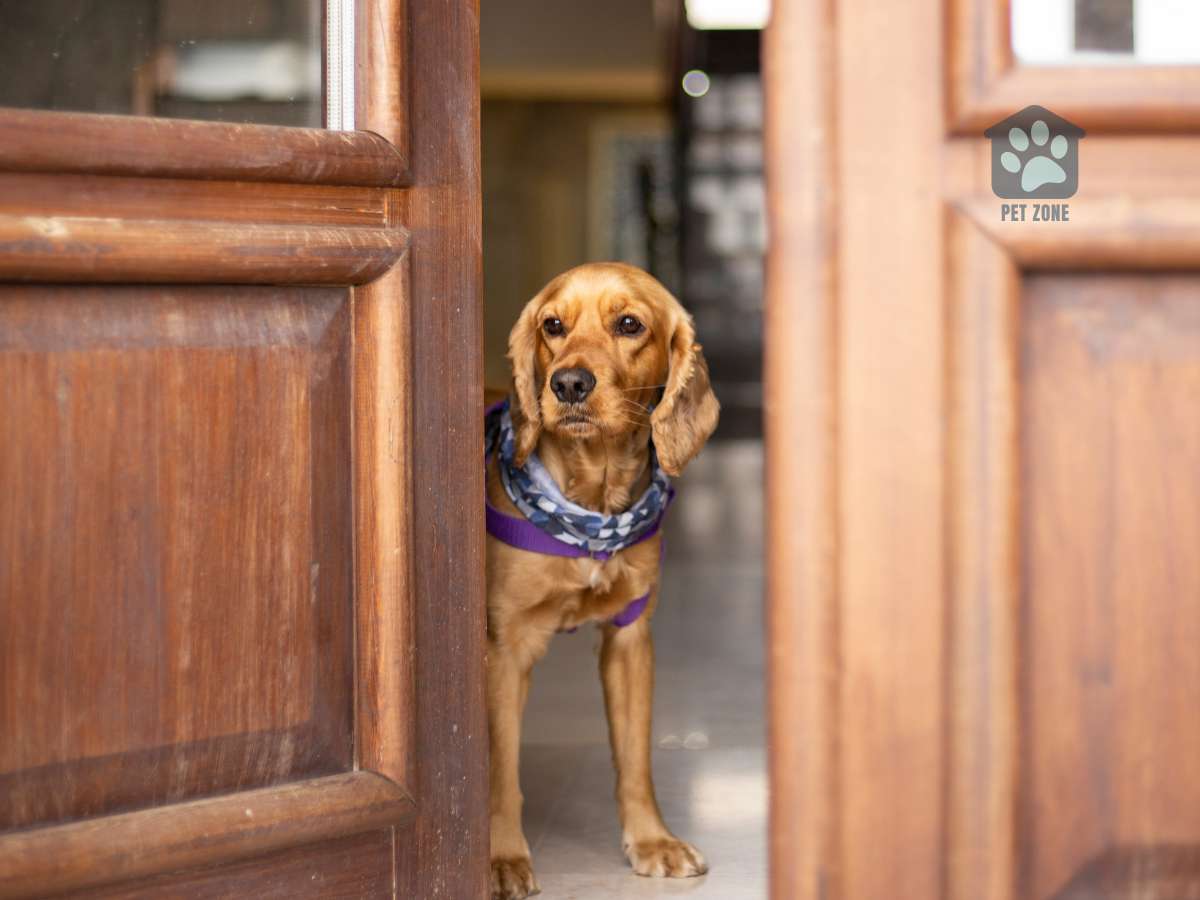
Engage and Distract: Stop Your Dog from Being Bored
Boredom often drives dogs to mischief, and opening doors is no exception. Dogs, especially young ones or those with high energy levels, need regular engagement and distraction. Here’s how to divert their attention from doors:
Toys, Toys, Toys
If your dog is bored, provide them with a variety of toys. This can include chew toys, squeaky toys, or puzzle toys that challenge them mentally.
Regular Playtime
Spend quality time playing with your dog. Games like fetch or tug-of-war can drain their energy and reduce their need to explore forbidden areas.
Daily Walks
A well-exercised dog is less likely to indulge in unwanted behaviors. Taking your dog for daily walks, or even twice daily, can significantly reduce their urge to open doors.
Training Sessions
Dogs love challenges. Regular training sessions not only teach them new tricks but also engage their minds. If you’ve taught your dog to sit or stay, practice these commands daily.
Provide a View
If your dog keeps going to a door because they want to see outside, consider setting up a space where they can watch the world. A window seat or a secured balcony area can do the trick.
Create a Dog Space
Dedicate a part of your home as a ‘dog zone’. Give your dog a place for their favorite toys, beds, and treats. Make it so inviting that they prefer spending time there over trying to open doors.
Companion Pets
In some cases, the company of another pet can help. If your dog is lonely, a second dog or even a cat might be the distraction they need.
By understanding that your dog might be opening doors due to boredom, you can take steps to engage them in more productive activities. After all, a busy dog is a happy dog.
Conclusion: Ensuring Safety and Freedom
Dogs are curious, intelligent creatures. Their desire to open doors and explore is a testament to their adaptability and ingenuity. But as responsible dog owners, it’s our duty to ensure that their curiosity doesn’t lead them into harm’s way.
Training your dog not to open doors is about balance. It’s about providing them with the freedom to explore and engage with their environment, while also setting boundaries to keep them safe.
Whether you decide to train your dog, dog-proof your home, or distract them with engaging activities, always remember that consistency is key. The more consistent you are in your approach, the faster your dog will learn.
Lastly, celebrate the small victories. If you notice your dog stopping before a door, waiting for a command, or choosing a toy over the thrill of an open door, give them praise. These moments show that your dog is learning and valuing your guidance.
Your home can be a haven for your dog, a place of exploration and safety. With the right techniques, patience, and love, you can ensure that doors remain closed and hearts remain open.
Feel free to leave your comments below, and if you found this article helpful, don’t hesitate to share it on your social media to help other dog owners keep their homes safe and their pets happy!
As an Amazon Associate I earn from qualifying purchases.
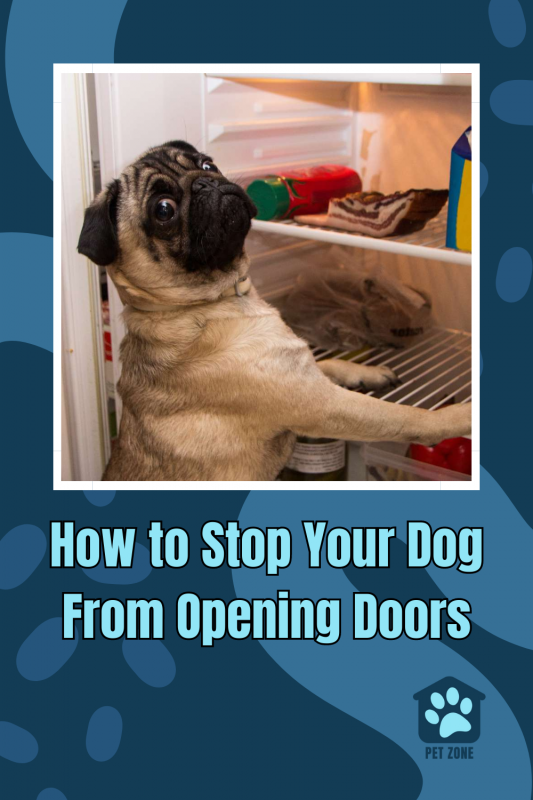


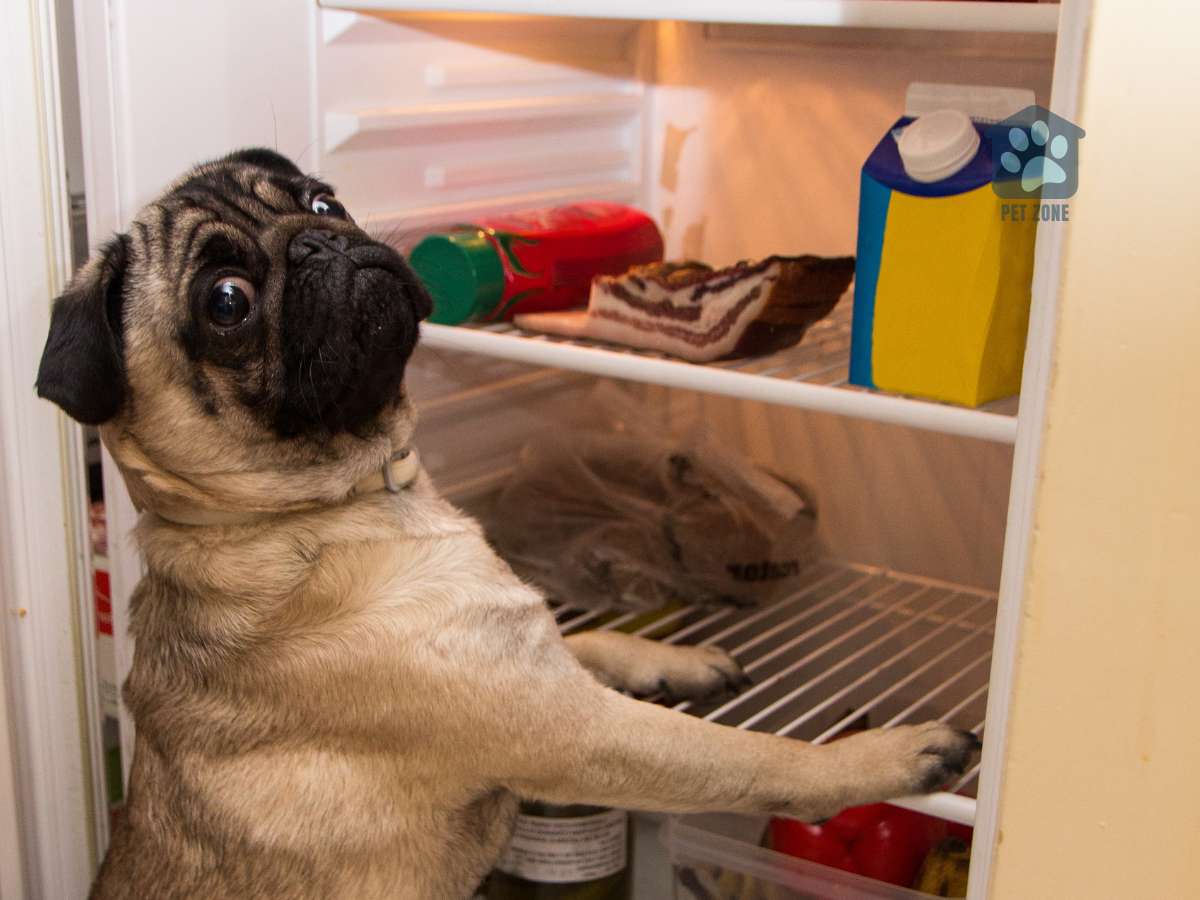
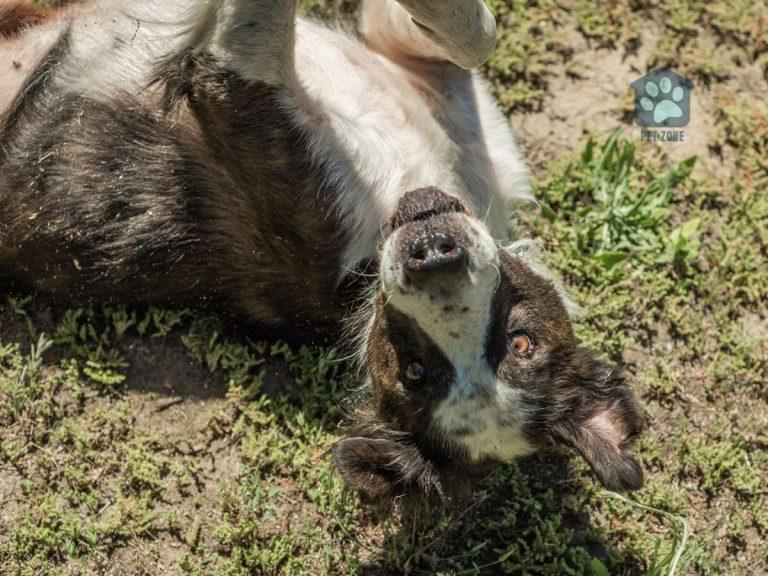

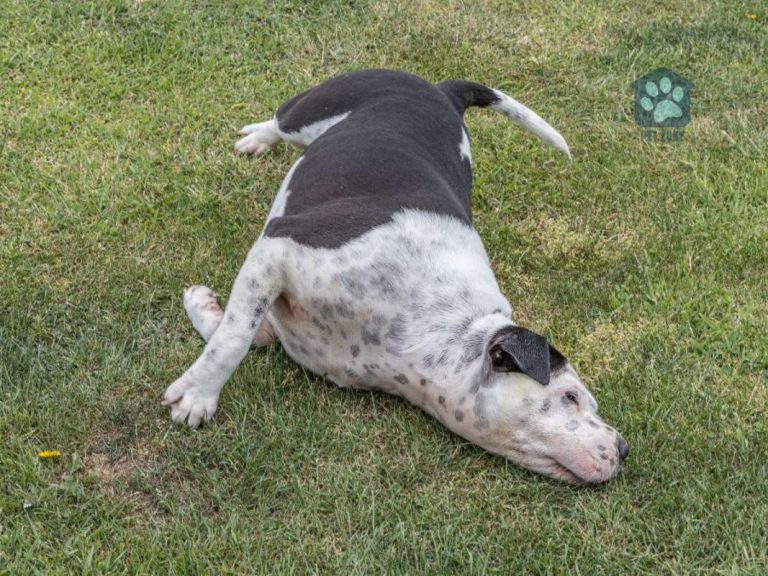
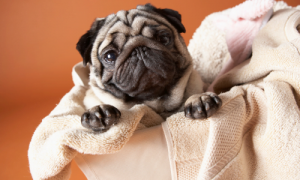
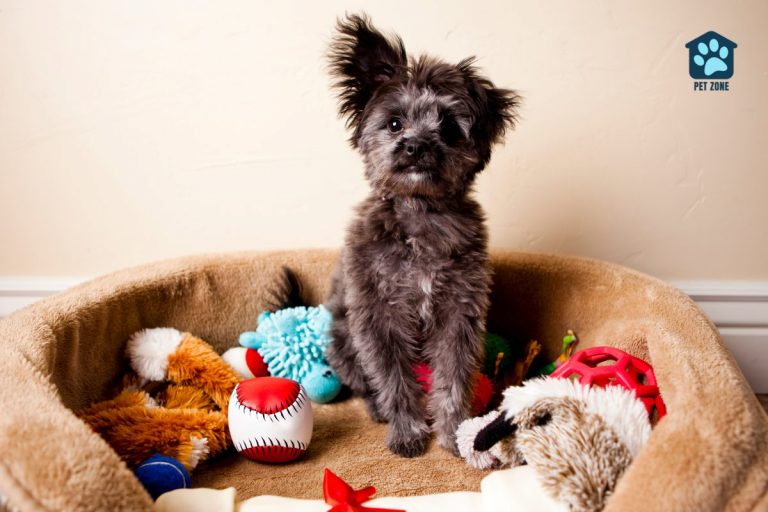

I have a dog that does the same thing. I just tell her to sit and she does.
LOL!! I was shocked the first time I realized my dog opened the fridge. Thanks for the tips – she hasn’t opened any outside doors yet but I am sure this is just a matter of time before she does. Thanks for the training tips.
I didn’t know that dogs will open doors. The first dog picture is so cute! I know when my daughter had cats, they would love to look in to see what was inside. LOL.
These are really great tips for pet parents. My husband was a K9 officer and we had a Belgian Malinois who was the king of opening doors and escaped (twice) from a kennel at our vets office and got outside when he was being boarded. Thankfully – it was fenced in!